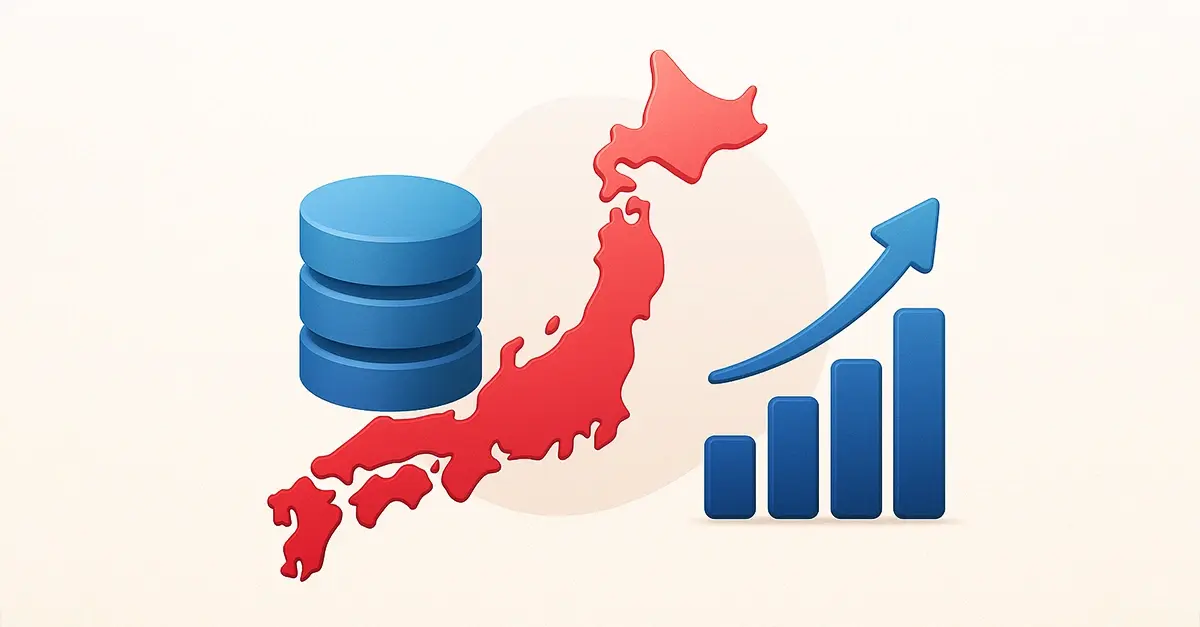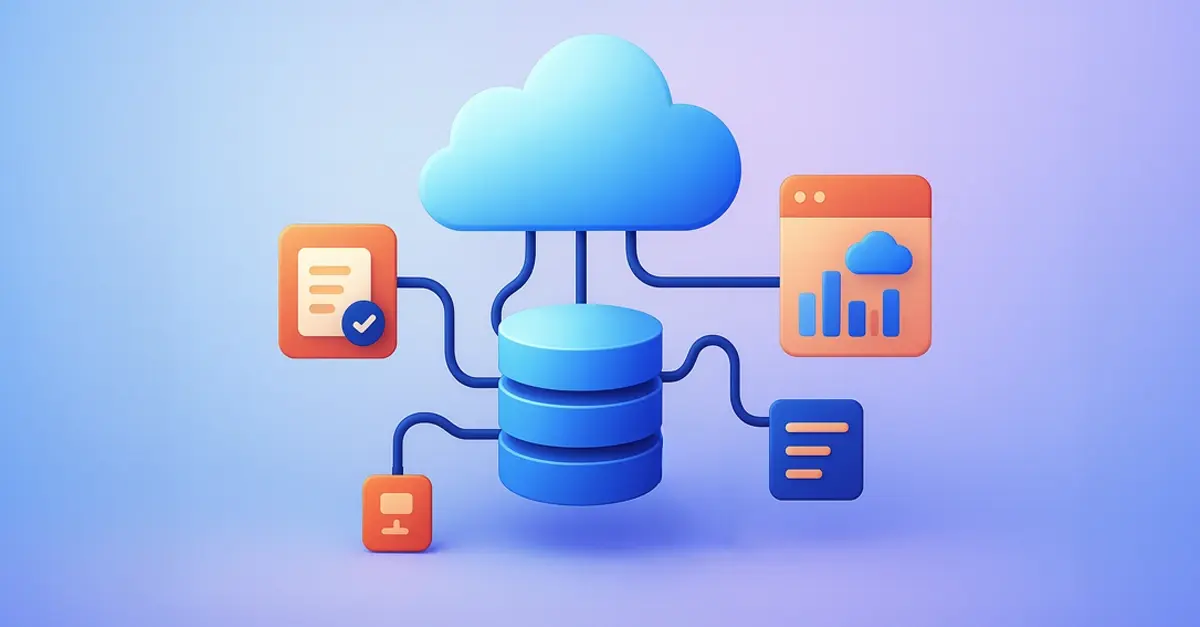Introduction
In global B2B markets, corporate structures are rarely linear. A single parent company may own dozens of subsidiaries, each with separate budgets, management teams, and procurement rules. Traditional firmographic data often misses these relationships, leaving sales and marketing teams unaware of valuable expansion paths.
Corporate linkage data changes that. By revealing how legal entities connect across countries and industries, it equips revenue teams to identify warm subsidiaries, shared ownership paths, and strategic points of entry that would otherwise remain invisible. This makes corporate linkage a foundational layer of modern go-to-market intelligence.
Why Parent-Only Targeting Limits Growth
Most account-based strategies revolve around headquarters-level targeting. The logic is simple: if you win the parent, subsidiaries will follow. In practice, the opposite is often true. Regional or specialized entities frequently make independent buying decisions, especially in technology, manufacturing, logistics, and financial services.
Ignoring subsidiary networks causes missed opportunities in three ways:
- Untracked revenue potential – Subsidiaries may represent 30–50% of a group’s total procurement spend, yet they rarely appear in CRM systems as distinct records.
- Fragmented account ownership – Sales teams may engage a single office while competitors secure others under the same corporate umbrella.
- Inefficient lead routing – Marketing automation often treats related companies as separate accounts, wasting ad spend and duplicating outreach.
Corporate linkage eliminates these blind spots by mapping every connected entity within a corporate family. Once the relationships are known, teams can organize territories and outreach to match the actual buying structure of global accounts.
How Corporate Linkage Reveals Subsidiary Networks
At its core, corporate linkage connects each business record to its verified parent, domestic ultimate, and global ultimate identifiers. These legal linkages are sourced from official registries rather than inferred signals such as shared executives or web domains. Each record carries a role code that defines whether it acts as a headquarters, branch, subsidiary, or affiliate.
This hierarchy enables teams to view the full scope of a corporate family:
- Parent → Subsidiary: Shows ownership paths and control levels.
- Subsidiary → Affiliate: Highlights peer relationships for cross-selling.
- Domestic Ultimate → Global Ultimate: Differentiates local oversight from global ownership.
- Branch Networks: Identifies non-legal but operational extensions of a headquarters.
With these linkages integrated into CRM or analytics systems, revenue teams can move beyond basic firmographics. Instead of seeing one account with scattered records, they see an organized corporate tree where every relationship is transparent and traceable.
Building a Corporate Family Tree for GTM Planning
A complete corporate family tree gives go-to-market teams a way to plan campaigns by ownership cluster rather than by individual company. This approach supports more accurate segmentation and pipeline forecasting.
- Clustered ICP Modeling
Traditional Ideal Customer Profiles focus on company size, industry, and location. Corporate linkage adds a relational layer: how entities are connected within a group. This allows marketers to define ICPs such as “subsidiaries of financial conglomerates with European operations” or “North American branches of Asian industrial groups.” - Territory Optimization
Sales territories can be aligned to global families rather than random company lists. For example, assigning all entities under a global ultimate ensures that one team manages every related opportunity, preventing overlap. - Account Hierarchy Scoring
Corporate linkage allows data teams to apply weighted scoring across parent-child levels. A strong relationship with a subsidiary can increase the likelihood of winning the parent, while a closed deal at headquarters can signal expansion opportunities throughout the group.
This family-based perspective brings order to account data and replaces guesswork with structure.
Integrating Corporate Linkage into Existing Systems
To make linkage actionable, it must integrate seamlessly into CRM, marketing automation, and analytics platforms. Data delivery via API or bulk files allows teams to append hierarchy fields such as parent ID, domestic ultimate ID, and global ultimate ID directly to account records.
In CRM systems:
- Merge duplicate entities under one global structure.
- Display hierarchy views showing all connected companies.
- Enable parent-level reporting for true pipeline visibility.
In marketing automation:
- Build campaigns that automatically include subsidiaries of key customers.
- Suppress outreach to entities already engaged through another branch.
- Route leads intelligently based on family ownership.
In analytics workflows:
- Analyze revenue concentration by corporate group.
- Identify cross-region exposure to a single conglomerate.
- Measure conversion uplift when subsidiary data is activated.
These integrations turn static ownership data into a dynamic, operational asset that aligns every stage of the go-to-market motion.
The ROI of Subsidiary Targeting
Linkage data creates measurable gains across the revenue cycle. When sales and marketing teams apply it consistently, they see both efficiency and revenue improvements:
- 10–20% higher account expansion revenue: Subsidiary identification exposes immediate cross-sell potential inside existing customer groups.
- 20–40% higher lead-to-opportunity conversion: Shared ownership indicators help qualify leads faster and route them to the right teams.
- 18% reduction in duplicate records: Unified hierarchies reduce CRM clutter and manual reconciliation.
- 35% shorter onboarding times: Compliance checks run faster when legal relationships are already validated.
These numbers illustrate a simple truth: the more accurately you understand corporate structure, the more effectively you can grow within it.
Applying Corporate Linkage to ABM Strategy
Account-based marketing thrives on precision. By embedding corporate linkage into ABM systems, teams can design tiered strategies that mirror how organizations actually operate.
- Tier 1 – Global Ultimate: Focus high-touch campaigns and executive engagement on parent organizations that influence global procurement.
- Tier 2 – Domestic Ultimate and Major Subsidiaries: Run regional campaigns addressing local buying centers.
- Tier 3 – Branches and Affiliates: Deploy automated, scalable messaging to capture niche opportunities within the wider group.
With this structure, ABM moves from generic personalization to group-based orchestration. Creative assets, budgets, and offers can all reflect the hierarchy level and decision autonomy of the target entity.
Compliance and Risk Advantages
While corporate linkage drives revenue, it also protects it. Registry-verified ownership structures allow compliance teams to spot hidden connections to sanctioned or high-risk entities. When onboarding new clients or partners, businesses can automatically trace ownership chains to their global ultimate parents, ensuring compliance with Know Your Business (KYB) and anti-money-laundering requirements.
Because InfobelPRO’s data originates from official trade registries, it replaces uncertain, inferred relationships with documented legal reality. This dual benefit—growth and risk mitigation—makes linkage a foundational dataset for both sales and compliance functions.
Data Governance and Maintenance
Integrating corporate linkage is not a one-time process. Mergers, closures, and new branches alter structures constantly. The dataset must refresh regularly to remain accurate. Monthly updates that capture hundreds of thousands of new or modified relationships ensure that systems reflect the current state of global business.
Proper governance involves version control, audit trails, and validation routines to maintain trust in the hierarchy data across platforms.
When linkage becomes part of a company’s data architecture, it enhances every connected dataset—from firmographics to technographics—through consistent entity resolution.
Measuring Success
To quantify the impact of corporate linkage integration, organizations can monitor a defined set of metrics:
- Number of subsidiaries linked per target account
- Growth in account expansion revenue
- Reduction in duplicate or orphaned records
- Percentage of leads correctly associated with global ultimate accounts
- Time savings in compliance reviews
- Correlation between hierarchy coverage and win rate
These KPIs reveal both operational and financial value, turning linkage from a background dataset into a strategic growth driver.
The Future of Corporate Linkage in GTM Intelligence
As global markets evolve, group structures are becoming more dynamic and multi-jurisdictional. Data silos within CRMs and marketing platforms cannot keep pace without relational context. Corporate linkage provides the structural intelligence needed to unify every system around a single view of corporate reality.
In the next generation of go-to-market architecture, linkage data will underpin account scoring models, predictive analytics, and AI-driven prospecting. By linking legal identity to behavioral and technographic data, businesses can forecast which subsidiaries are most likely to convert and where the next opportunity will emerge inside a corporate family.
Conclusion
Corporate linkage is more than an ownership map. It is a source of go-to-market intelligence that transforms how teams identify, prioritize, and grow accounts. By connecting every entity to its verified parent and global ultimate, revenue teams gain visibility into the full customer ecosystem.
Subsidiary targeting is no longer a guesswork exercise. With registry-based linkage data, companies can act with precision, expand efficiently, and build compliant, scalable relationships across borders. Organizations that integrate corporate linkage into their GTM workflows position themselves to uncover the hidden revenue already within their reach.






Comments